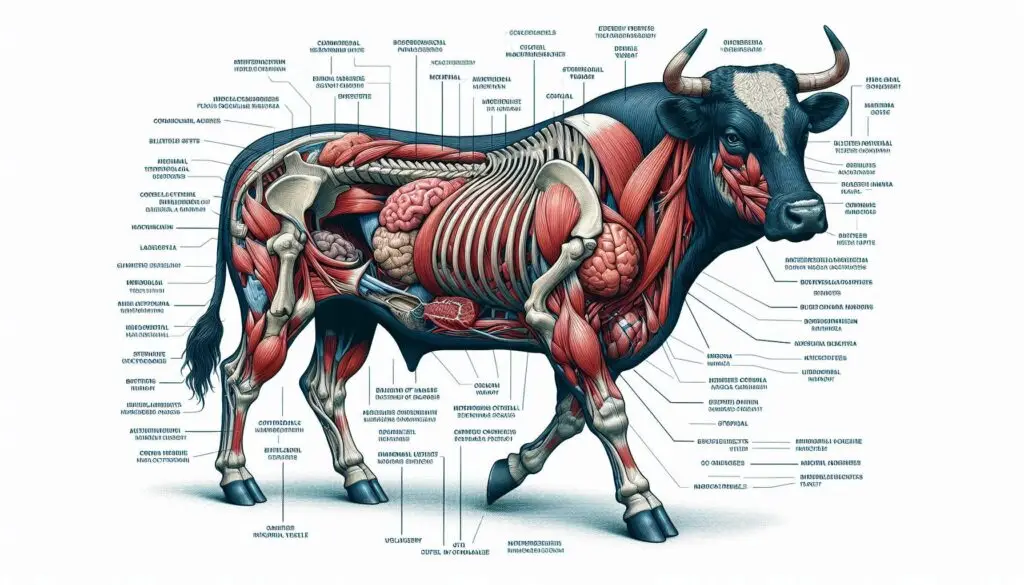Artificial Insemination in Farm Animals

Introduction
Artificial insemination (AI) has transformed livestock breeding. This technique allows farmers to introduce semen into female animals without natural mating. It offers numerous benefits, including genetic improvement and disease control. In this article, we will explore the process of artificial insemination, its advantages, challenges, and best practices.
What is Artificial Insemination?
Artificial insemination is a reproductive technology used in various farm animals, including cattle, pigs, sheep, and goats. The process involves collecting semen from a male animal and introducing it into the female’s reproductive tract. This method has become popular due to its efficiency and effectiveness.
History of Artificial Insemination
The origins of artificial insemination date back to the late 18th century. Italian scientist Lazzaro Spallanzani was one of the first to experiment with AI in dogs. However, it wasn’t until the 1930s that significant advancements occurred. Researchers developed techniques for freezing semen, allowing for long-term storage and transportation. This breakthrough made AI more accessible to farmers worldwide.
For further reading on the history of AI, visit this article on the evolution of artificial insemination.
Benefits of Artificial Insemination
1. Genetic Improvement
One of the primary advantages of AI is genetic enhancement. Farmers can use semen from superior males to produce high-quality offspring. This practice leads to improved traits such as milk production, growth rates, and disease resistance. For more information on genetic selection in livestock, check out this article on genetic improvement.
2. Disease Control
AI reduces contact between animals, which helps control the spread of diseases. By minimizing direct interactions during breeding, farmers can lower the risk of sexually transmitted infections among livestock. The Centers for Disease Control and Prevention provides valuable insights into disease management in animal populations.
3. Cost Efficiency
Artificial insemination is cost-effective compared to traditional breeding methods. A single bull can breed multiple cows through AI, reducing the need for maintaining many males on the farm. This approach not only saves money but also minimizes space requirements.
4. Enhanced Reproductive Management
AI allows for better timing and control over breeding schedules. Farmers can synchronize estrus cycles among females, leading to higher conception rates. Effective heat detection is crucial for maximizing success rates during AI procedures.
For more details on managing reproductive efficiency with AI, see this resource on reproductive management.
The Process of Artificial Insemination
Semen Collection
The first step in AI is semen collection. Farmers typically use an artificial vagina to collect semen from bulls or other male animals. This method simulates natural mating conditions.
Steps for Semen Collection:
- Preparation: Secure the bull or use a dummy mount.
- Collection: Position the artificial vagina at an angle to facilitate collection during ejaculation.
- Storage: Transfer the collected semen into sterile containers for analysis and storage.
For detailed instructions on collecting semen from bulls, refer to this guide on semen collection techniques.
Semen Processing and Storage
After collection, semen must be processed and stored correctly to ensure viability:
- Dilution: Semen is diluted with extenders that improve sperm viability during freezing.
- Freezing: The diluted semen is frozen using liquid nitrogen for long-term storage.
Proper handling during this stage is crucial for maintaining sperm quality.
Insemination Techniques
There are several methods for performing artificial insemination:
Cervical Insemination
This method involves depositing semen directly into the cervix of the female animal. It is relatively simple but may have lower success rates compared to other methods.
Uterine Insemination
Uterine insemination places semen directly into the uterus, significantly improving conception rates. This technique requires more skill but yields better results.
Recto-Vaginal Method
This advanced technique provides better access to the reproductive tract and is often used in cattle AI procedures.
For a comprehensive overview of various AI techniques, visit this resource on artificial insemination methods.
Timing of Insemination
Timing is critical for successful artificial insemination. Optimal conception rates occur when insemination happens during mid-estrus or within six hours after estrus ends. Effective heat detection programs are essential for maximizing breeding efficiency.
Challenges and Considerations
While artificial insemination has many benefits, there are challenges that farmers must address:
1. Training and Skill Development
Proficiency in AI techniques varies among practitioners. Continuous training is essential to maintain high conception rates. Many agricultural colleges offer courses on AI techniques.
2. Cost of Sexed Semen
Sexed semen allows farmers to choose the sex of their offspring but comes at a higher cost compared to conventional semen. Additionally, sexed semen may have lower success rates due to reduced sperm viability.
3. Management Practices
The nutritional status and overall health management of breeding stock play critical roles in successful AI outcomes. Farmers should prioritize proper nutrition and health care for their livestock.
For more insights on improving AI success rates, check out this article on best practices.
Best Practices for Successful Artificial Insemination
To maximize success rates with artificial insemination, consider these best practices:
1. Proper Training
Ensure that all personnel involved in AI are well-trained and knowledgeable about techniques and protocols.
2. Accurate Heat Detection
Implement effective heat detection methods to identify optimal times for insemination accurately.
3. Quality Semen Handling
Handle semen carefully during collection, processing, and storage to maintain its viability.
4. Health Management
Maintain good health practices for all breeding stock to enhance reproductive performance.
For more details on best practices in AI implementation, visit this resource on artificial insemination best practices.
Conclusion
Artificial insemination is a powerful tool that enhances livestock breeding efficiency and genetic improvement in farm animals. By understanding its processes, benefits, challenges, and best practices, farmers can make informed decisions that lead to healthier herds and increased productivity.
More from Veterinary Physiology:
https://wiseias.com/female-reproductive-organs-animals/
https://wiseias.com/estrus-behavior-lactating-buffalo-summer/
https://wiseias.com/early-embryonic-development-lactating-buffalo/
https://wiseias.com/early-embryonic-development-lactating-buffalo/
https://wiseias.com/enhancing-reproductive-efficiency-cattle-summer/






Responses